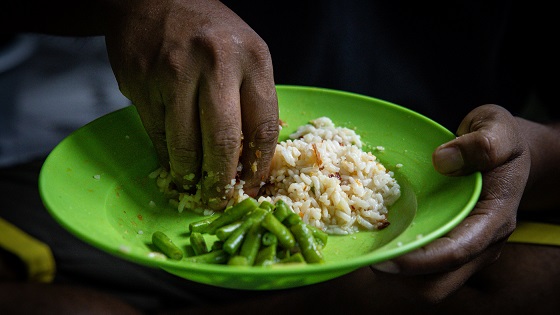What is food insecurity
Food insecurity can manifest in various ways, such as:
- Limited Food Quantity: Individuals or households may experience a shortage of food, resulting in insufficient calories or meals. They may not have enough food to meet their basic nutritional needs.
- Inadequate Food Quality: Even if individuals have access to food, it may lack essential nutrients or be of poor nutritional quality. This can lead to a diet that is deficient in vitamins, minerals, and other necessary components for overall health.
- Unpredictable Food Availability: Food insecurity can also involve inconsistent access to food. This means that individuals or households may face uncertainty about when and where their next meal will come from. They may rely on irregular or unreliable food sources, such as emergency food assistance or skipping meals.
Food insecurity can have severe consequences for individuals’ health, well-being, and overall quality of life. It can lead to malnutrition, chronic health conditions, compromised immune systems, developmental issues in children, and increased vulnerability to illnesses. It can also contribute to psychological and emotional stress for individuals and families who are uncertain about their next meal.
Food insecurity is influenced by various factors, including poverty, unemployment, low wages, high food prices, lack of access to affordable and nutritious food options, inadequate social support systems, and systemic issues related to food production and distribution.
Efforts to address food insecurity include government assistance programs like SNAP (Supplemental Nutrition Assistance Program), community food banks, school meal programs, and initiatives aimed at improving access to affordable and nutritious food in underserved areas. Additionally, addressing the underlying causes of food insecurity, such as poverty and income inequality, is crucial for long-term solutions.







